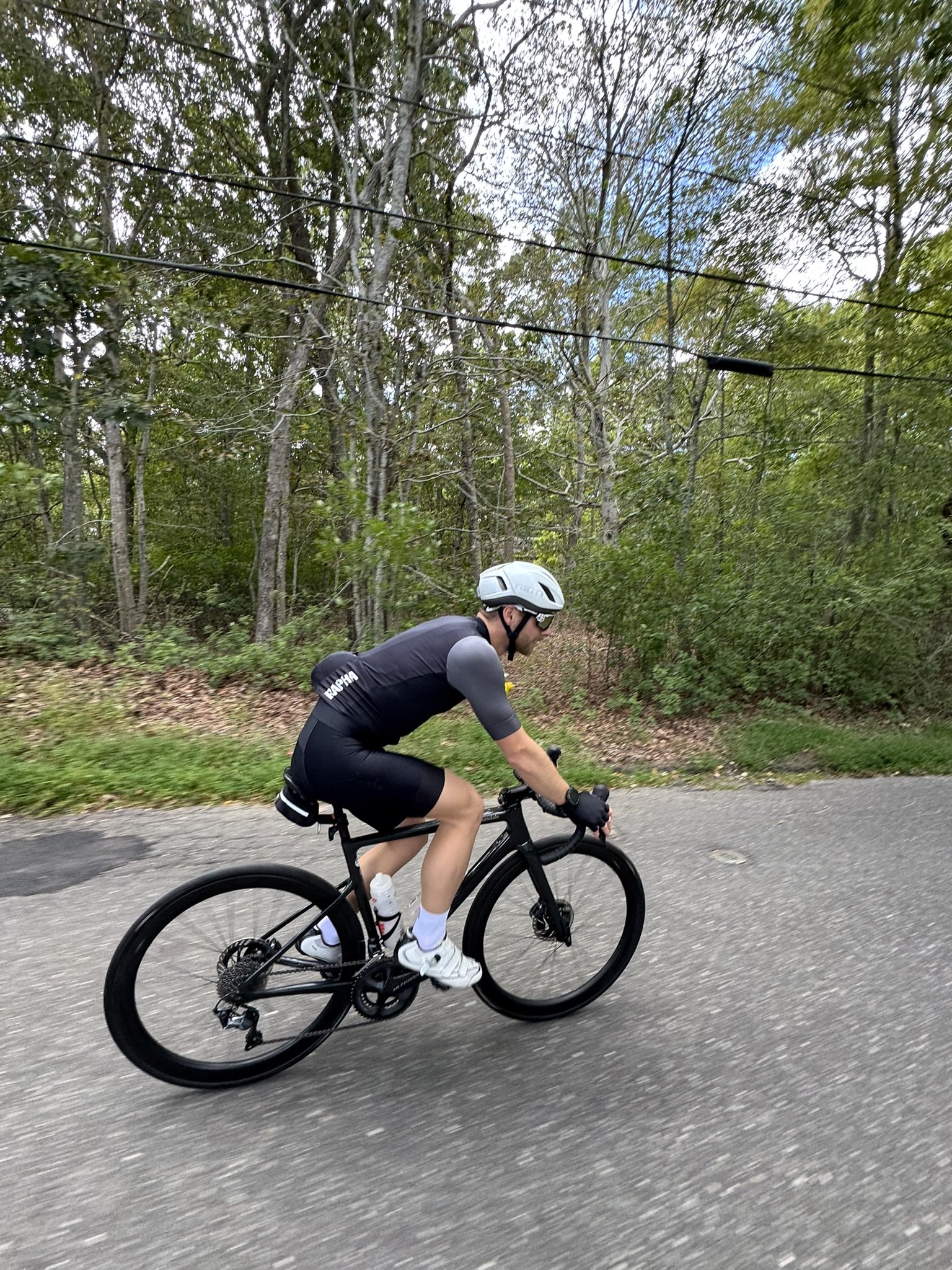The Importance of Brick Workouts and How to Do Them
One of the biggest surprises for new triathletes is how strange it feels to run off the bike. Your legs feel heavy, your stride awkward, and your pace hard to judge. Welcome to the world of brick workouts, a key part of triathlon training that helps you adapt to the unique demands of the sport.
If you want to race more comfortably, confidently, and efficiently, brick workouts need to be part of your training plan.
What Is a Brick Workout?
A brick workout is when you combine two triathlon disciplines in a single session, most commonly bike followed by run, but it can also involve swim-to-bike combinations.
The term "brick" likely comes from how your legs feel after transitioning - like bricks - although some say it’s short for “Bike-Run-ICK!”
Why Brick Workouts Matter
Triathlon isn't three separate sports, it’s one sport made up of three connected disciplines. The transitions, especially from bike to run (T2), are physically and mentally demanding.
Here’s how brick workouts help:
1. Train the Legs for the Transition
Running off the bike feels completely different from running fresh. Brick sessions teach your legs to adapt and find rhythm faster, so you don’t waste the first kilometre stumbling through bad form.
2. Build Mental Toughness
The first few minutes of a run after a hard ride can be mentally tough. Practicing this discomfort in training helps you stay composed on race day.
3. Dial in Pacing and Fueling
Brick workouts give you the chance to experiment with pacing, nutrition, and hydration across disciplines so you don’t make mistakes during your event.
4. Improve Muscle Memory
Your neuromuscular system learns how to efficiently transition between movement patterns, reducing the awkward "jelly legs" feeling and improving efficiency.
How to Do Brick Workouts
You don’t need to do bricks every week, but incorporating them consistently into your plan, especially as race day approaches, is smart. Some workout examples include:
🧱 Basic Bike-Run Brick
Bike: 60-90 mins at moderate effort (Zone 2-3)
Transition: Quick change of shoes and gear
Run: 10-20 mins easy to moderate, focusing on form
This simulates what you’ll feel like on race day and helps you adjust physically and mentally.
🧱 Short Transition Bricks
Perfect for time-crunched athletes or intensity work:
Bike: 30 mins including intervals (e.g., 5 x 3 mins hard with 2 mins recovery)
Run: 15 mins off the bike, including strides or race-pace segments
Helps train your body to run well after high effort.
🧱 Race Simulation Brick
Do this 2-5 weeks out from your goal race:
Bike: 75-90% of race distance at planned race effort
Run: 20-40 mins off the bike, building to race pace
This session helps test gear, nutrition, and pacing strategies under race-like fatigue.
Swim-Bike Bricks
While less common due to logistics, swim-to-bike bricks are especially valuable for longer races. They help your body adjust to getting out of the water, dealing with dizziness, and settling into your early ride effort.
Try:
Swim: Race-distance or threshold intervals
Quick change
Bike: 30-60 mins easy to moderate
Tips for Successful Brick Sessions
Keep transitions fast to simulate race conditions
Lay out gear ahead of time for a smooth changeover
Focus on run form - think quick turnover and upright posture
Start slow on the run and build into pace
Practice with race-day nutrition and hydration
How Often Should You Do Bricks?
Beginners: Once every 1-2 weeks is plenty
Intermediate/Advanced: Once per week or more as race day approaches
More isn’t always better. Quality over quantity is key, and bricks can be demanding, so build in recovery.
Final Thoughts
Brick workouts are one of the most important tools in your triathlon training toolbox. They build physical adaptability, mental strength, and race-specific confidence.
The more you practice the feeling of running off the bike, the less of a shock it becomes on race day, and the more likely you are to finish strong.

